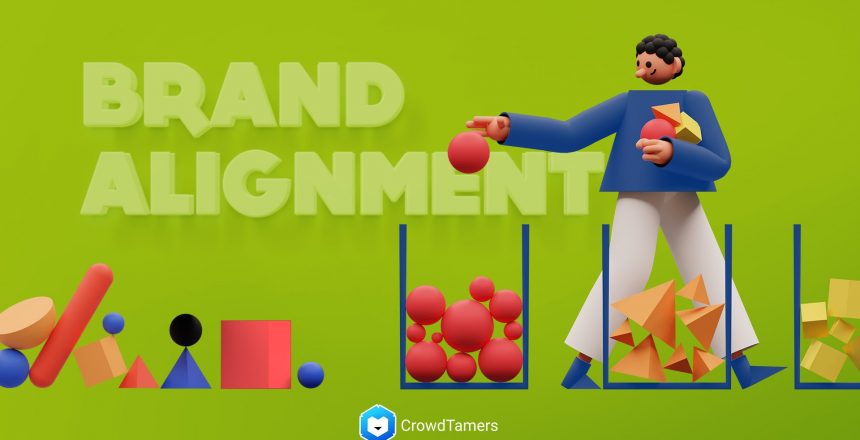How do people describe your brand and service offerings? Is the majority unanimous in how they perceive your brand? Most importantly, do people see your brand the way YOU want them to see it? If the answers to these questions are no, your business may lack brand alignment.
Brand alignment measures how well your firm fulfills its brand promise. The strength of your firm’s brand alignment is driven by how well your employees understand, deliver, and communicate your brand’s key messages.
Signs you have an alignment problem
- Your buyers are confused — One sure sign your brand is out of alignment is when your buyers don’t fully understand it. People who have not worked with your firm before rely on your website, marketing materials, and sales team to understand your firm. If you are not delivering clear and consistent messages about who you are and what you do, you will not instill confidence in your brand. Many buyers will not have the patience to tease out your true story. Instead, they will move on to another firm. Yet occasionally, a buyer may communicate that they are confused or frustrated. Don’t ignore these insights — they are doing you a favor.
- Your people describe your service/brand offerings differently — Another sign that your firm’s brand alignment is off is when different team members talk about your firm to buyers or clients in very different ways.
Try this brand alignment test: Ask your business development team to describe your core services. Are their answers similar? How about your delivery team members — how do they answer the same question? You may have a brand alignment problem if you get a wide-ranging set of answers. Do you have a core messaging architecture document that provides language your team can use to describe your firm and address common objections? If not, introducing one will equip your team with a powerful tool to build brand alignment. It gives your team the language and ideas they need to deliver consistent, differentiated messages to your clients and prospects.
Large firms that work across multiple industries or regions are particularly susceptible to brand alignment problems. Messaging architecture can avoid these issues by keeping far-flung team members on the same page (literally!).
- Your firm has trouble differentiating itself — One of the keys to marketing success is the firm’s ability to differentiate itself in the marketplace. Few things will spoil your differentiation faster than bad brand alignment. Imagine your new marketing director went into your website and edited out important keywords related to your differentiators. Or, your business development team forgot to mention your firm’s proprietary technology on a call with a potential buyer. Scenarios like these are more common than you would think. Without a strong messaging architecture for your employees to lean on, it is easy to mishandle or forget key messages that differentiate your firm. If your team members are not actively thinking and talking about your differentiators, that is another sign that your people are not aligned in understanding your brand.
Fixing Brand Alignment problems
The first step to improving brand alignment is to measure how much (or little) of it you have in the first place. This starts with brand research.
Brand research involves conducting in-depth interviews and/or online surveys to capture the perspectives of these three crucial audiences:
- Current clients: Involving your existing clients in the research process will help you understand how the people you serve perceive aspects of your brand, including:
- Which services do you offer
- The value you provide
- Whether you can deliver on your promises
- Internal staff: Your firm’s management team and staff can provide an internal perspective on your brand. This is particularly useful when compared to the perceptions of external audiences. You may also want to capture the perspectives of different client-facing roles, from business development and marketing to implementation.
- Former clients: Former clients can offer clues to building more lasting relationships. They can also illuminate weaknesses that you never knew existed. Understanding why they left can expose underlying brand alignment problems.
While you can do this research yourself, you’re much more likely to get an accurate view of each audience if you hire an impartial 3rd party to conduct the interviews.
Once you have collected responses from these three audiences, you can compare their perspectives and look for inconsistencies. Are there alignment gaps within each audience group? What differences do you see between groups? Do your internal teams’ views of the firm match those of outsiders? Or is your team’s perception unrealistic? Are there recurring systemic problems that are driving clients out the door?
Armed with this intel, you can begin to look for patterns, inconsistencies, and critical problems with delivery. Then it’s a matter of prioritizing the issues and addressing them, one by one.
From there, you will be able to confidently fine-tune the alignment of your brand and ensure that your firm is presenting a powerful, well-aligned brand to the world.



